Integrating Sustainable Concepts into Blended Learning and Interactive Game System Design †
Abstract
1. Introduction
2. Literature Review
2.1. Leftover Bread and Carbon Footprints
2.2. MR Interactive Experience
2.3. Sustainable Concepts and the Blended Learning Model
3. Research Method
4. MR System
4.1. System Process
4.2. System Interface
5. Online and Offline Blended Learning
5.1. Web Online Learning
5.2. Face-to-Face Offline Learning
6. Conclusions and Recommendations
Author Contributions
Funding
Institutional Review Board Statement
Informed Consent Statement
Data Availability Statement
Conflicts of Interest
References
- Macau Environmental Protection Bureau. Featured Projects. Available online: https://www.dspa.gov.mo/index.aspx (accessed on 2 October 2024).
- Liou, J.T. BEANS Coffee. Dessert. Light Meal. UpToDate. 2023. Available online: https://www.facebook.com/beanscafe.hk/ (accessed on 2 October 2024).
- Macao Central, Macao Cherish Food Non-Profit Organization. UpToDate. 2017. Available online: https://www.macaucentral.com/community/21256-wefood-macau (accessed on 2 October 2024).
- Albrecht, J.A.; Larvick, C.; Weishaar, C. Leftovers and Other Food Safety Information for iPhone/iPad Application (“Smartphone” Technology). J. Nutr. Educ. Behav. 2012, 44, 469–471. [Google Scholar] [CrossRef]
- Setiawan, B.; Purwanto, P.; Ikasari, W.S.D.; Suryadi, S. An inclusive extension of the Theory of Planned Behavior for explaining household food leftover reduction intention among Gen Z. J. Soc. Mark. 2024, 14, 328–346. [Google Scholar] [CrossRef]
- Chai, J.J.K.; O’Sullivan, C.; Gowen, A.A.; Rooney, B.; Xu, J.-L. Augmented/mixed reality technologies for food: A review. Trends Food Sci. Technol. 2022, 124, 182–194. [Google Scholar] [CrossRef]
- McGuirt, J.T.; Cooke, N.K.; Burgermaster, M.; Enahora, B.; Huebner, G.; Meng, Y.; Tripicchio, G.; Dyson, O.; Stage, V.C.; Wong, S.S. Extended reality technologies in nutrition education and behavior: Comprehensive scoping review and future directions. Nutrients 2020, 12, 2899. [Google Scholar] [CrossRef] [PubMed]
- Liu, R.; Hooker, N.H.; Parasidis, E.; Simons, C.T. A natural experiment: Using immersive technologies to study the impact of “all-natural” labeling on perceived food quality, nutritional content, and liking. J. Food Sci. 2017, 82, 825–833. [Google Scholar] [CrossRef]
- Long, J.W.; Pritschet, S.J.; Keller, K.L.; Cheah, C.S.L.; Boot, L.; Klippel, A.; Brick, T.R.; Edwards, C.G.; Rolls, B.J.; Masterson, T.D. Portion size affects food selection in an immersive virtual reality buffet and is related to measured intake in laboratory meals varying in portion size. Appetite 2023, 191, 107052. [Google Scholar] [CrossRef] [PubMed]
- Bschaden, A.; Bopp, C.; Rüdiger, A.; Strobel, L.; Stroebele-Benschop, N. Carbon footprints on the menu: Exploring consumer choices and perceptions across real-world gastronomic settings. J. Clean. Prod. 2024, 463, 142773. [Google Scholar] [CrossRef]
- Čuček, L.; Klemeš, J.J.; Kravanja, Z. A review of footprint analysis tools for monitoring impacts on sustainability. J. Clean. Prod. 2012, 34, 9–20. [Google Scholar] [CrossRef]
- Jensen, J.K.; Arlbjørn, J.S. Product carbon footprint of rye bread. J. Clean. Prod. 2014, 82, 45–57. [Google Scholar] [CrossRef]
- Mann, S. Wearable computing: A first step toward personal imaging. Computer 1997, 30, 25–32. [Google Scholar] [CrossRef]
- Allcoat, D.; Hatchard, T.; Azmat, F.; Stansfield, K.; Watson, D.; Mühlenen, A.V. Education in the digital age: Learning experience in virtual and mixed realities. J. Educ. Comput. Res. 2021, 59, 795–816. [Google Scholar] [CrossRef]
- Tang, Y.M.; Au, K.M.; Lau, H.C.W.; Ho, G.T.S. Evaluating the effectiveness of learning design with mixed reality (MR) in higher education. Virtual Real. 2020, 24, 797–807. [Google Scholar] [CrossRef]
- Chin, K.Y.; Chang, H.L.; Wang, C.S. Applying a wearable MR-based mobile learning system on museum learning activities for university students. Interact. Learn. Environ. 2023, 32, 5744–5765. [Google Scholar] [CrossRef]
- Claudio, A. Using mixed reality (XR) immersive learning to enhance environmental education. J. Environ. Educ. 2023, 54, 58–71. [Google Scholar]
- Oliver, M.; Trigwell, K. Can ‘blended learning’ be redeemed? e-Learn. Digit. Media 2005, 2, 17–26. [Google Scholar]
- Driscoll, M. Blended learning: Let’s get beyond the hype. e-Learning 2002, 3, 1–2. [Google Scholar]
- Spanjers, I.A.; Könings, K.D.; Leppink, J.; Verstegen, D.M.; de Jong, N.; Czabanowska, K.; van Merriënboer, J.J. The promised land of blended learning: Quizzes as a moderator. Educ. Res. Rev. 2015, 15, 59–74. [Google Scholar] [CrossRef]
- Feng, D.Q.; Liu, G.L.; Mao, A.R.; Sun, M.Z.; Zhang, B.B. Internet-based practice of blended teaching in environmental and sustainable development courses. Electron. Technol. 2020, 7, 68–69. [Google Scholar]
- Vladimir, L.U.; Robert, J.H.; Lakhmi, C.J. Smart Education and e-Learning 2017. In Proceedings of the 4th International KES Conference on Smart Education and Smart E-Learning (KES-SEEL-17), Vilamoura, Portugal, 21–23 June 2017. [Google Scholar]
- Qi, Y.T. Research on design methods and practices of mixed reality interactive software. Screen Print. 2024, 10, 108–110. [Google Scholar]
- Nielsen, P.H.; Dalgaard, R.; Korsbak, A.; Pettersson, D. Environmental assessment of digestibility improvement factors applied in animal production: Use of Ronozyme® WX CT xylanase in Danish pig production. Int. J. Life Cycle Assess. 2008, 13, 49–56. [Google Scholar]
- Kruijff, E.; Riecke, B.E. Navigation interfaces for virtual reality and gaming: Theory and practice. In Extended Abstracts of the 2018 CHI Conference on Human Factors in Computing Systems, Proceedings of the CHI Conference on Human Factors in Computing Systems, Montreal QC Canada, 21–26 April 2018; Association for Computing Machinery: New York, NY, USA, 2018; pp. 1–4. [Google Scholar]
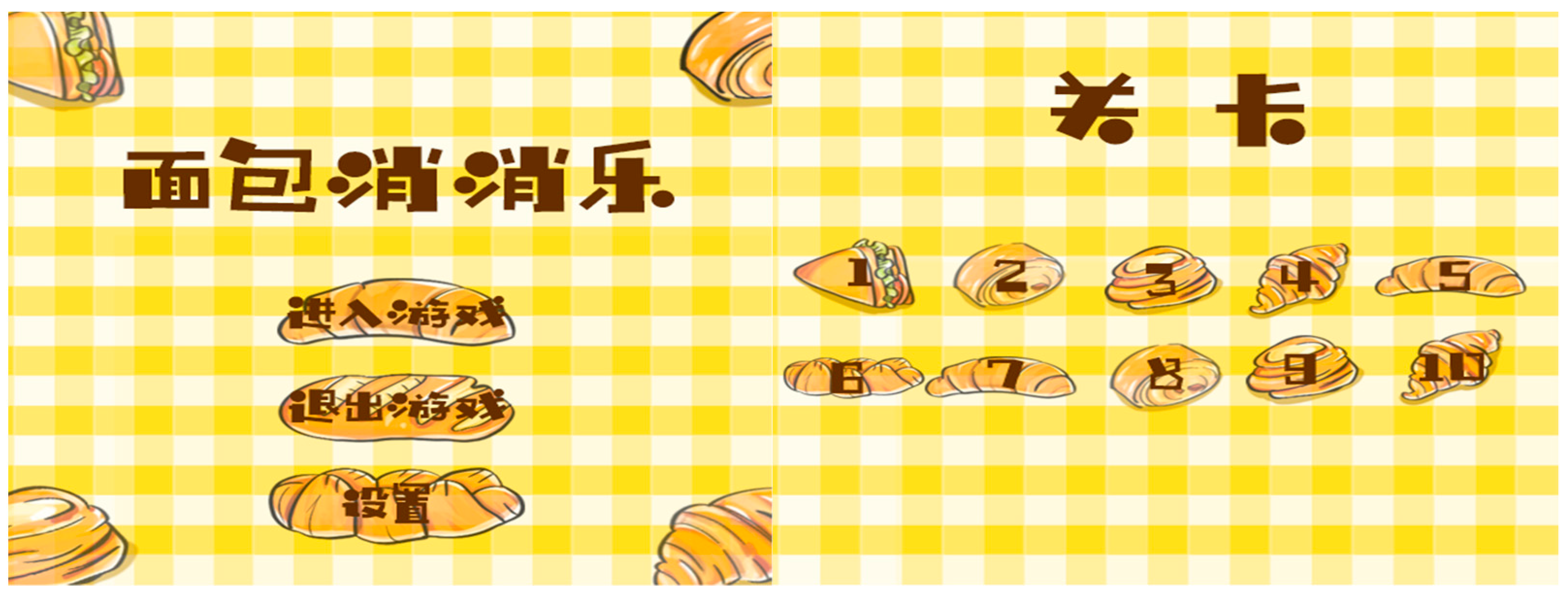
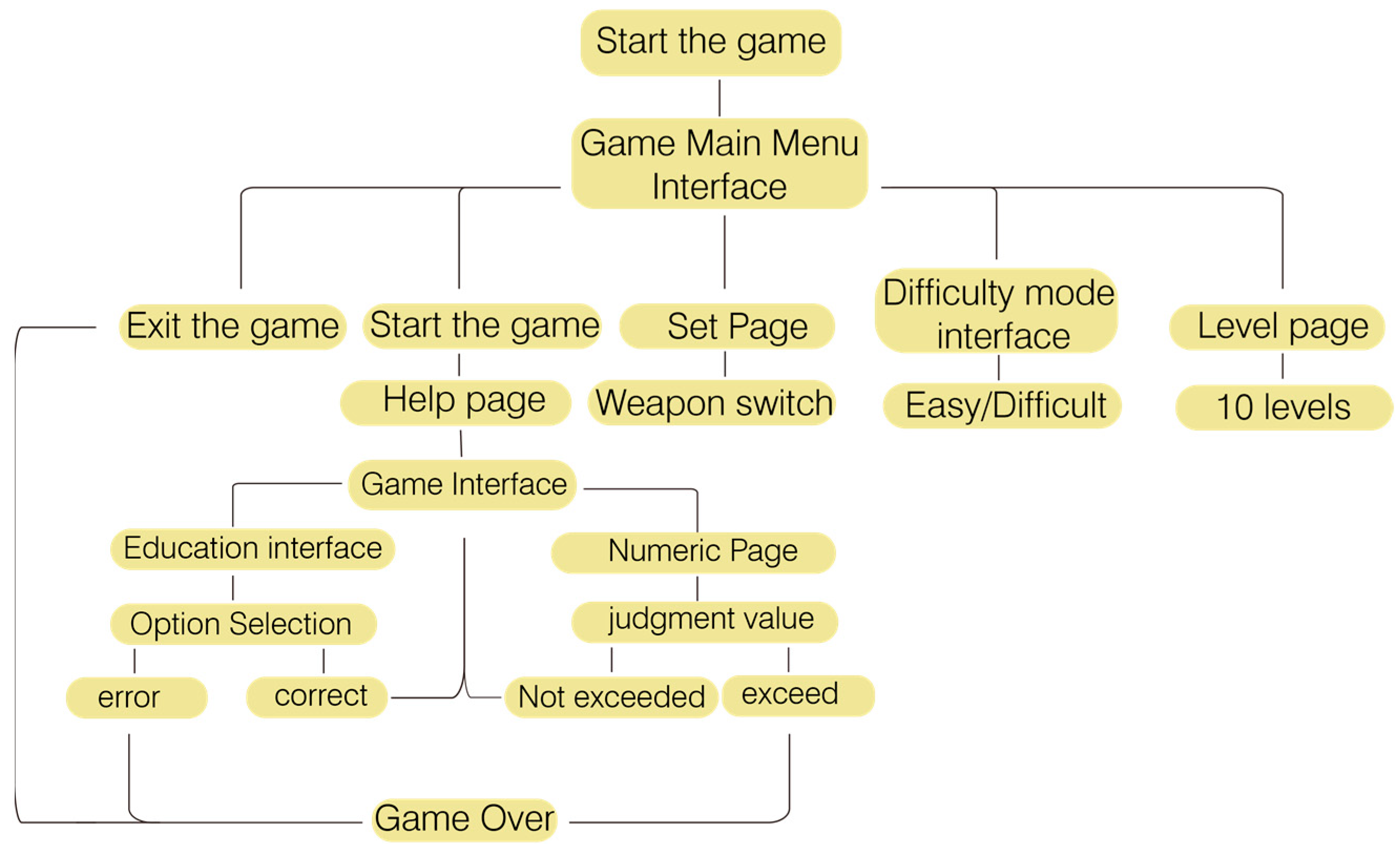
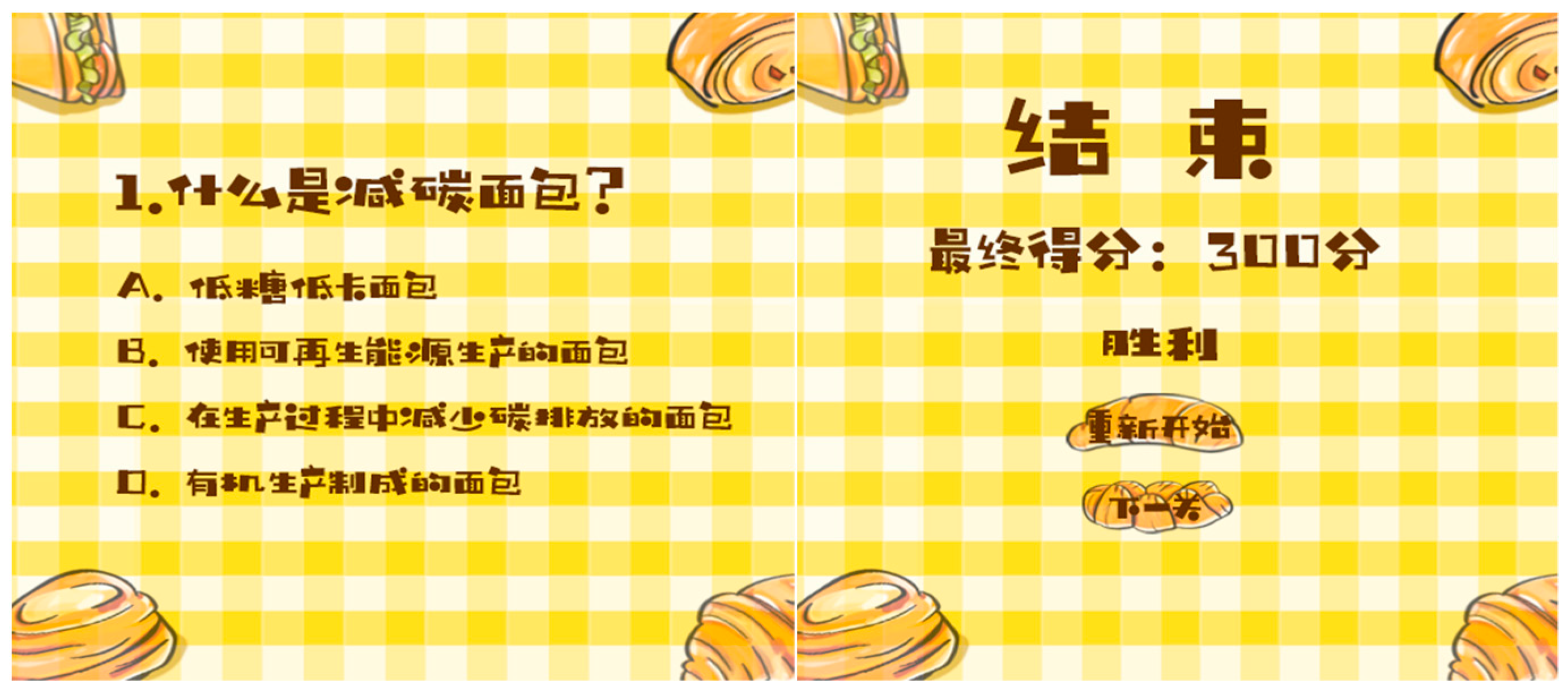


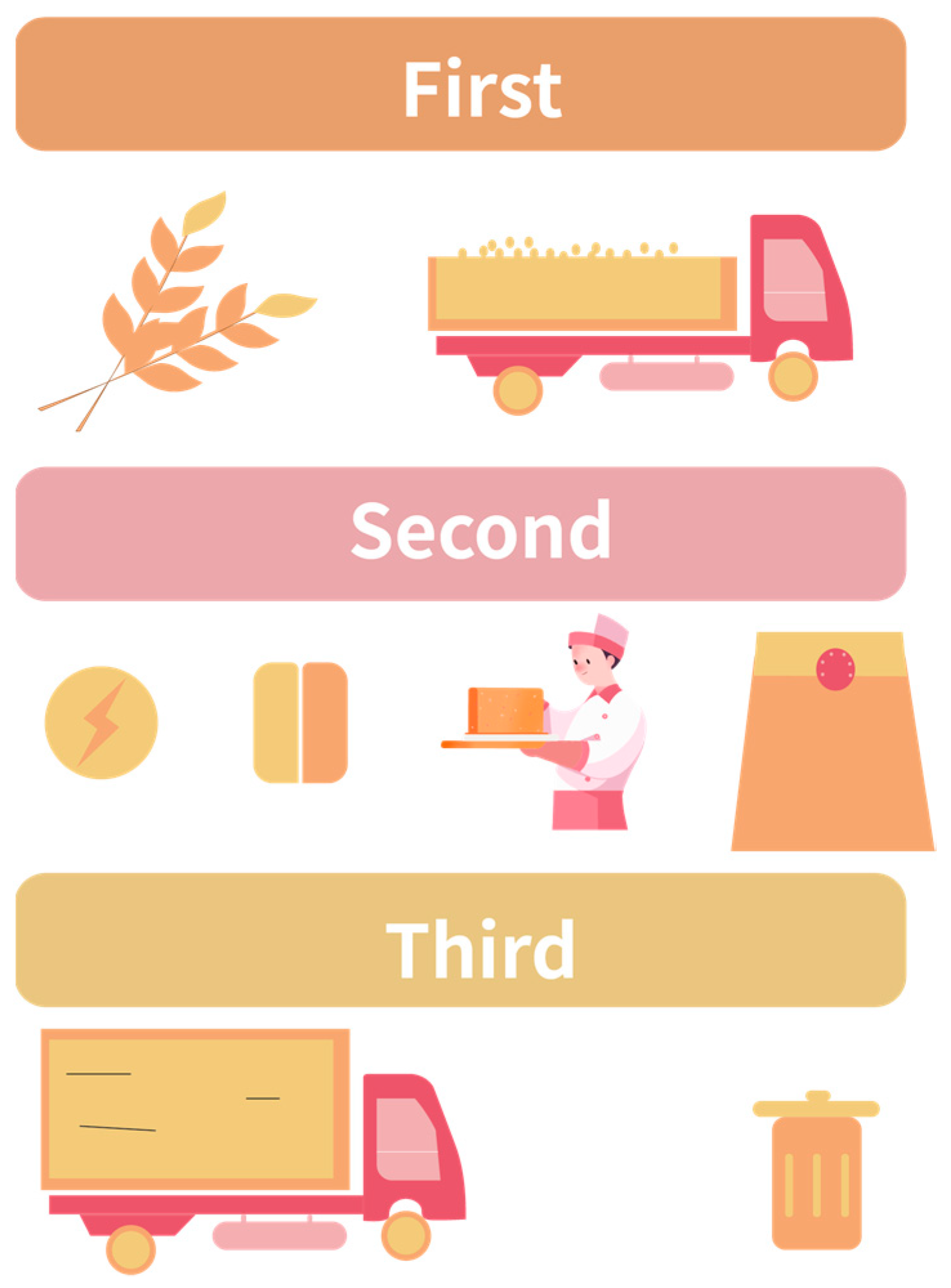
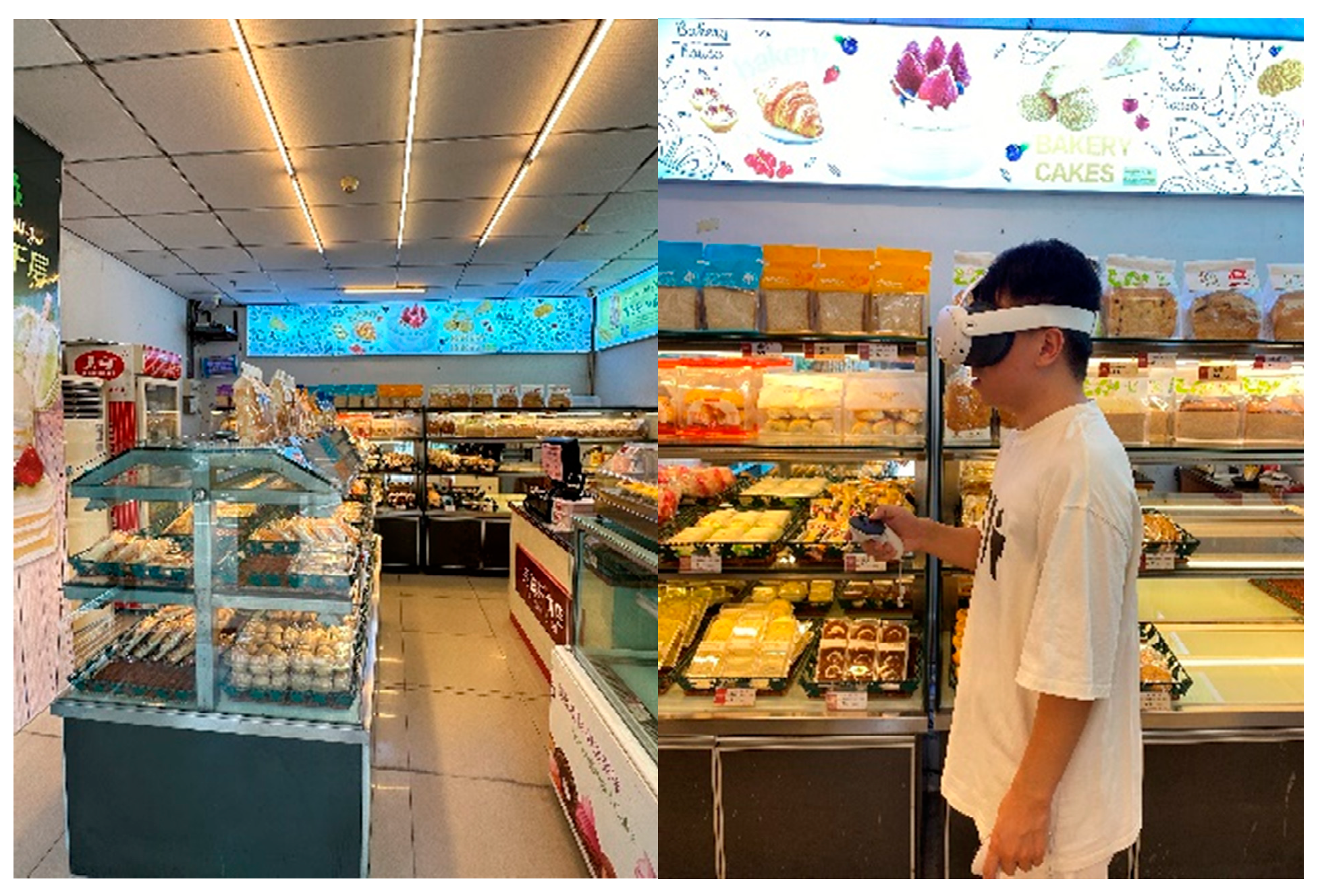
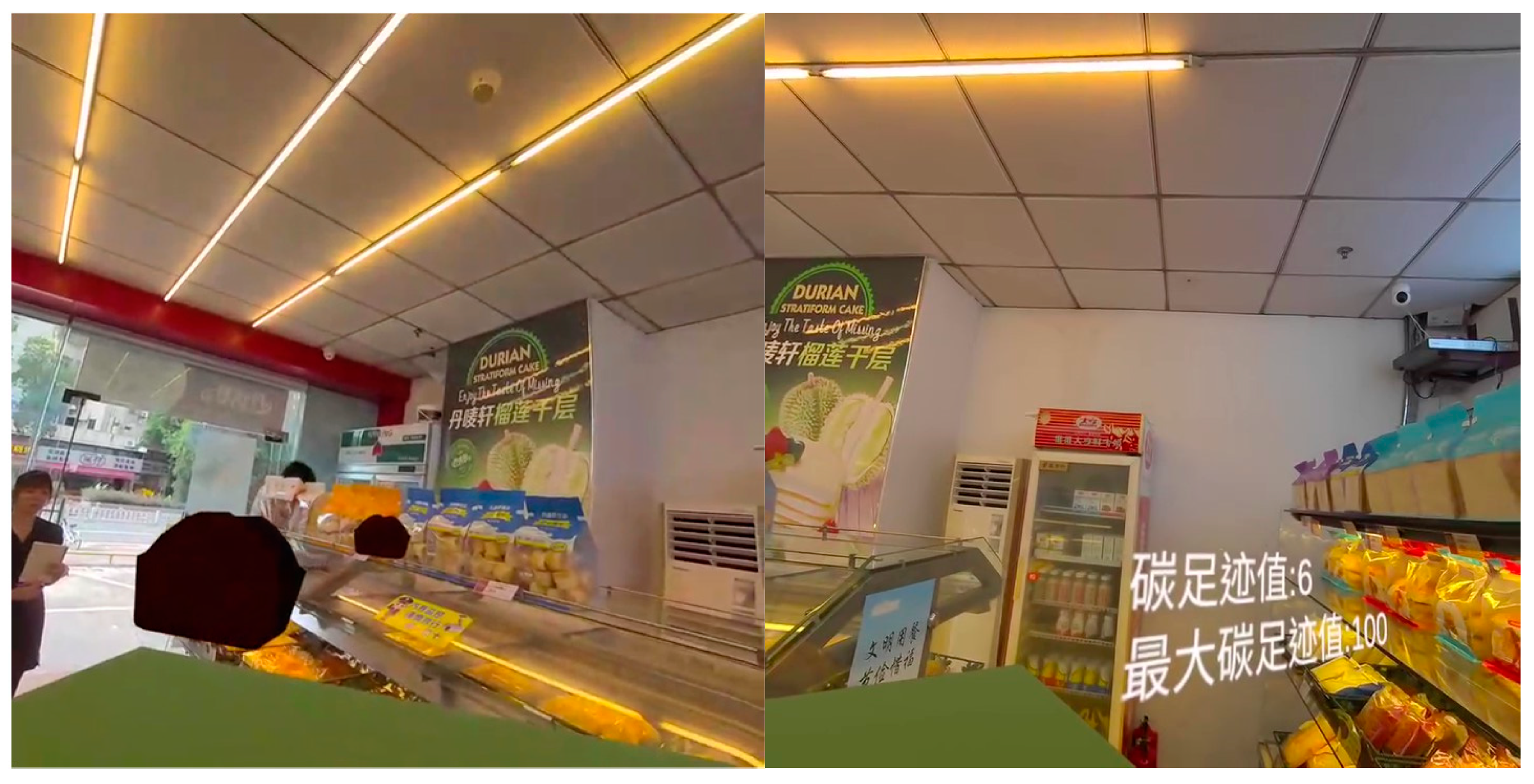
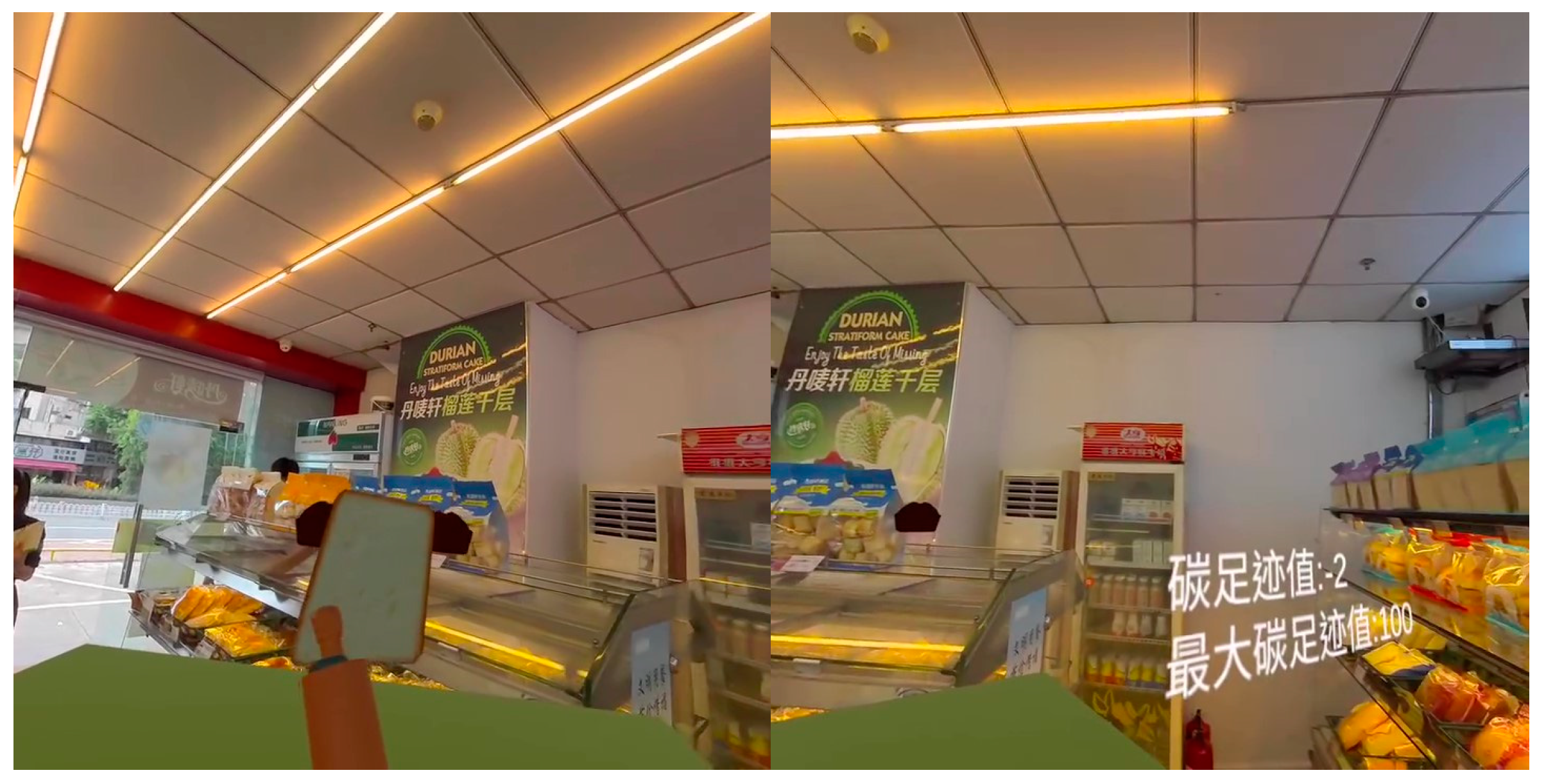
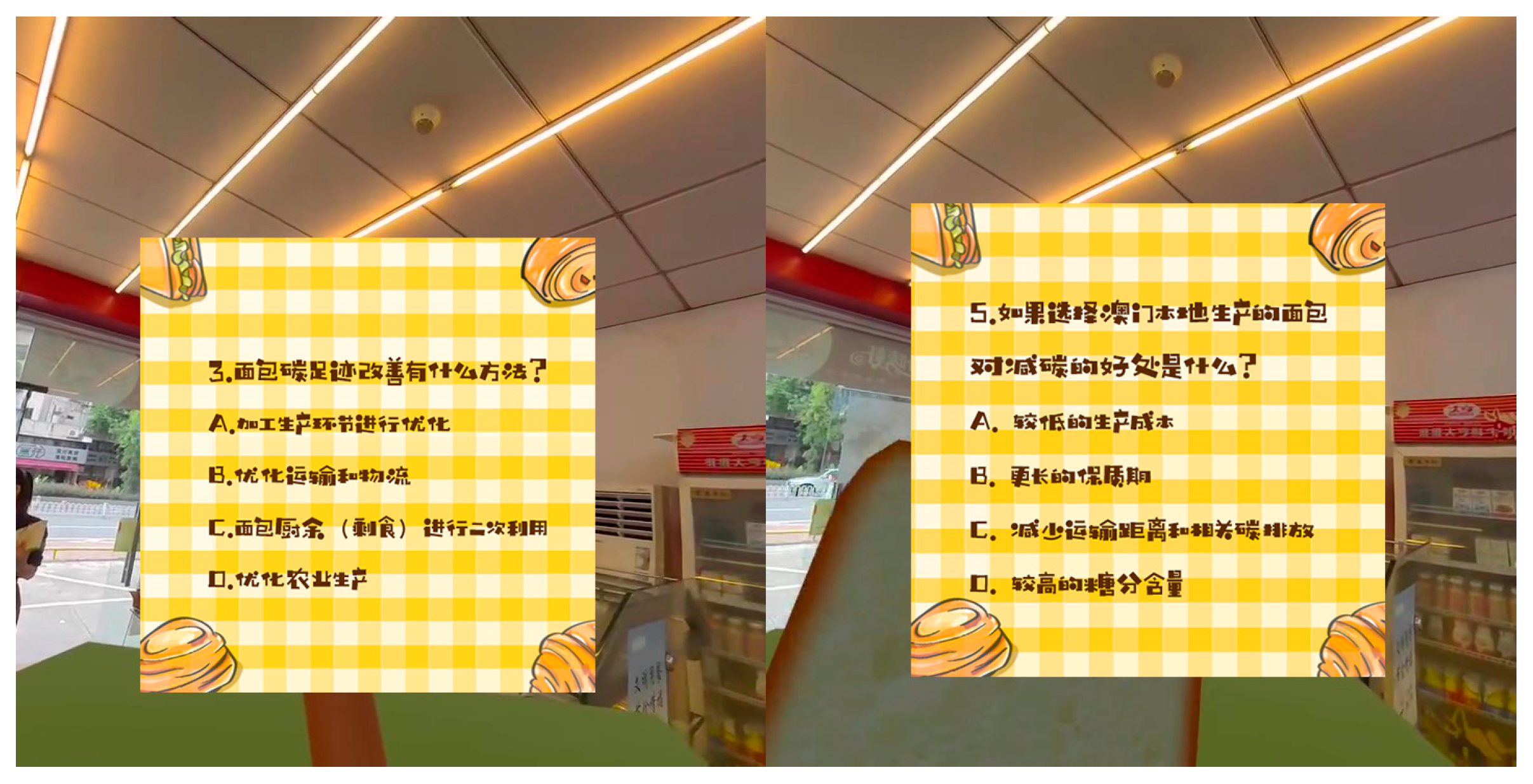
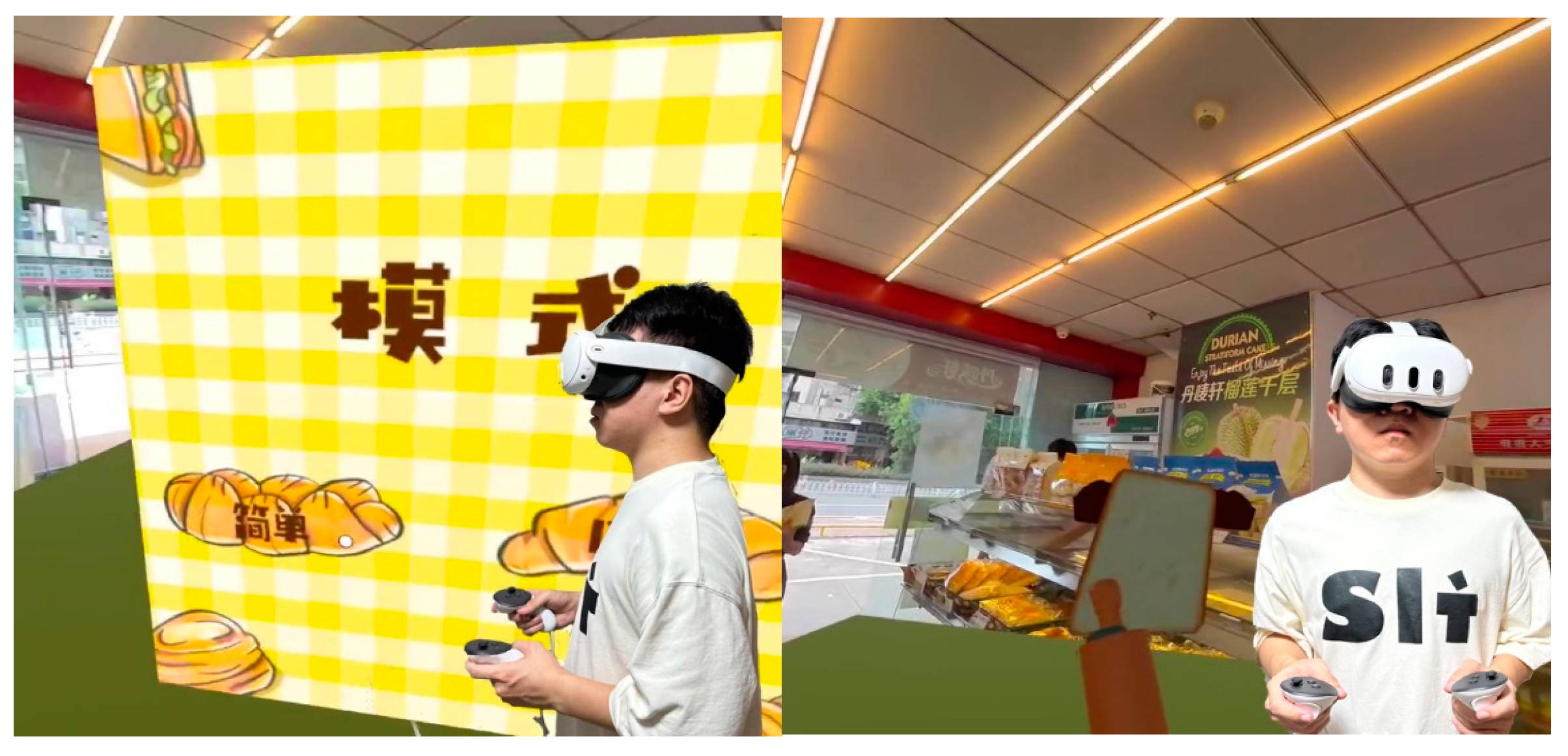
Disclaimer/Publisher’s Note: The statements, opinions and data contained in all publications are solely those of the individual author(s) and contributor(s) and not of MDPI and/or the editor(s). MDPI and/or the editor(s) disclaim responsibility for any injury to people or property resulting from any ideas, methods, instructions or products referred to in the content. |
© 2025 by the authors. Licensee MDPI, Basel, Switzerland. This article is an open access article distributed under the terms and conditions of the Creative Commons Attribution (CC BY) license (https://creativecommons.org/licenses/by/4.0/).
Share and Cite
Hsiao, P.-W.; Wang, Z.-Q. Integrating Sustainable Concepts into Blended Learning and Interactive Game System Design. Eng. Proc. 2025, 92, 59. https://doi.org/10.3390/engproc2025092059
Hsiao P-W, Wang Z-Q. Integrating Sustainable Concepts into Blended Learning and Interactive Game System Design. Engineering Proceedings. 2025; 92(1):59. https://doi.org/10.3390/engproc2025092059
Chicago/Turabian StyleHsiao, Peng-Wei, and Zheng-Qing Wang. 2025. "Integrating Sustainable Concepts into Blended Learning and Interactive Game System Design" Engineering Proceedings 92, no. 1: 59. https://doi.org/10.3390/engproc2025092059
APA StyleHsiao, P.-W., & Wang, Z.-Q. (2025). Integrating Sustainable Concepts into Blended Learning and Interactive Game System Design. Engineering Proceedings, 92(1), 59. https://doi.org/10.3390/engproc2025092059





